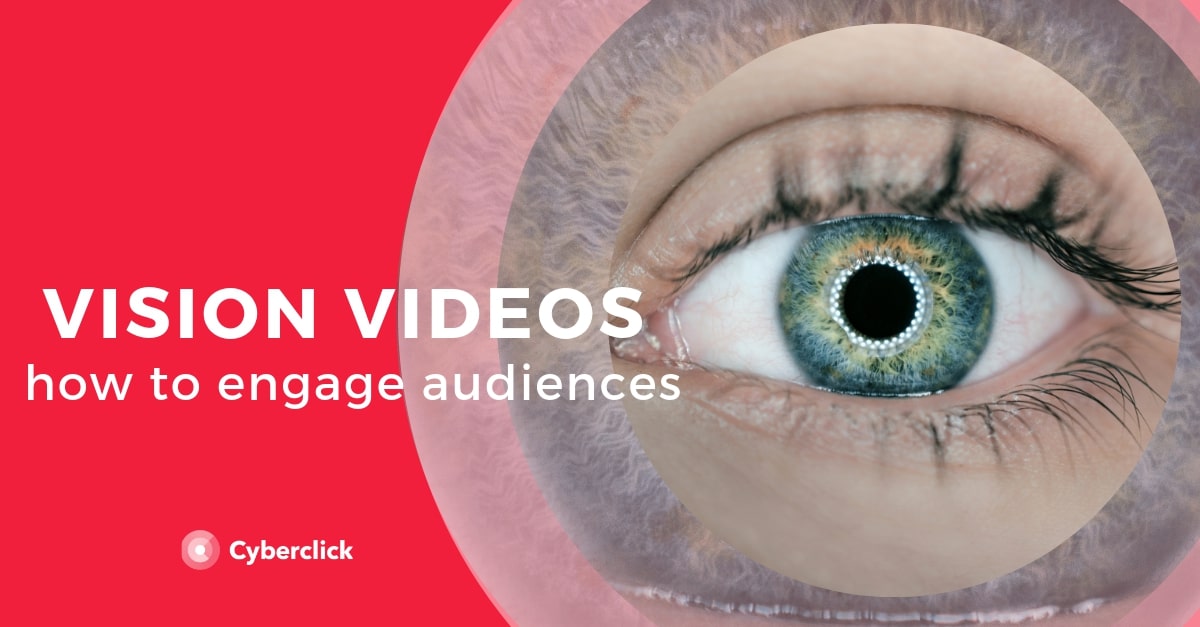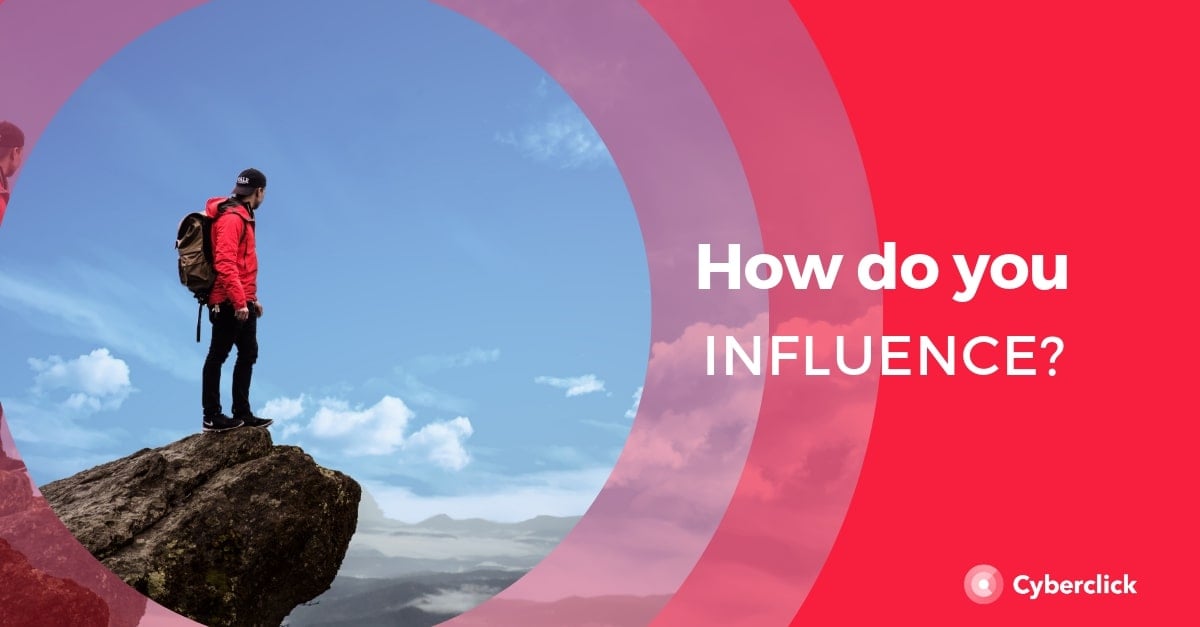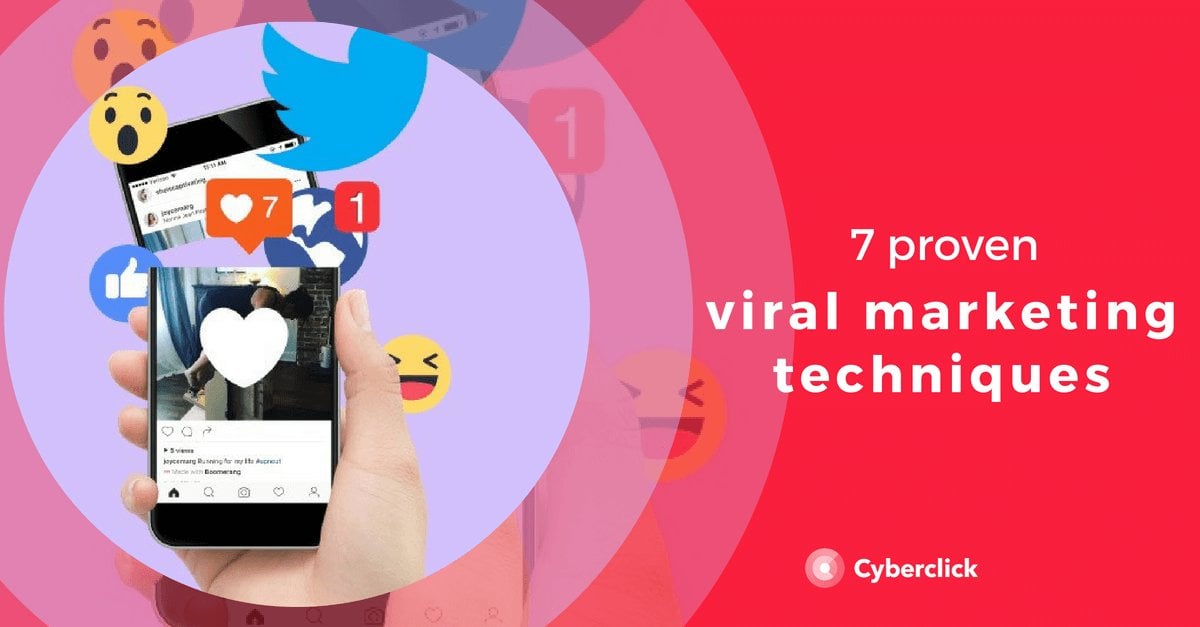Today, the fundamental value of video marketing goes further than providing a specific solution to a specific problem. Today we see video marketing as a form of digital story telling of our visions and address wider problems that are understood by wider audiences.
Vision videos allow brands to design future scenarios that push tendencies to the extreme, making them visible and debatable. Sharing visions with our audiences encourages them to engage with our grand solutions.
Vision video marketing allows us to place new technological developments within imaginary but believable everyday situations and enables us to engage with the implications of alternative scenarios.

What are vision videos?
Vision videos are a form of digital marketing used to explore alternative realities and find grand solutions to societal problems. Brands use vision videos to spark questions about societal problems and communicate their vision for an improved reality.
The societal problem addressed itself, in a vision video, can be something concrete like an unsustainable car. But, the problem can also be as substantial as a climate change, or public transport infrastructure. Vision videos aims to explore how things should be by creating a future vision to improving the current status quo.
Vision videos allow brands to explore the problems together with their consumers. Looking at alternatives raises various “what if?” questions about the future. The questions raised are relatable to a design thinking question set and approach. What if there ought to be a change? What if we would change? What if things were different? By creating scenarios around these “what if” questions, with tangible and realistic objects, marketers can fabricate an experience of their brands possible vision.
The idea of conventional video marketing can be contrasted to vision video marketing through highlighting key characteristics that distinguish the two approaches. We've looked at chosen characteristics to juxtapose conventional video marketing as it is usually understood with vision video marketing.
-
Problem solving vs. problem finding. Conventional video marketing, addresses buyers’ identified needs and solves buyer’s problems through matching them with their brand’s capabilities. “Problem solving” marketing caters to identified needs and means that you’re selling to the same needs as your competitors. “Problem solving” video marketing efforts can easily go under in the sea of offers. Vision video marketing helps prospects see their situations in fresh, more revealing ways. Vision videos find problems potential buyers don’t even realize they have. “Problem finding” through vision videos thus poses a new approach to differentiating yourself.
-
Provides answers vs. asks questions. Asking questions sparks creativity among our audiences. Questions cultivate an open mind, driving viewers to engage. The questions we ask are what lead our audience to new knowledge. Questions raised in vision videos drive us to answers we never thought to consider until we asked the question. Asking questions which your brand is working on solving will position your brand in a unique light.
-
Marketing for sales vs. marketing for debate. Digital marketing has proven to facilitate meaningful connections with our audiences. Social media has become a powerful tool for communicating, sharing information and opinions, as well as debate. Unfortunately, many brands become too focused on sales. When brands use marketing efforts to facilitate meaningful discussion and debate, they gain valuable customer insights. Once deeper connections have been made and brands have deeper insights to their audience, subsequent, more targeted sales interactions can also be made.
-
Narratives of production vs. implications. Brand social responsibility and impact is increasingly important. Buyers are looking for transparency in narratives of both the production of their products and the implication of their use. How your brands is impacting the world is an important question of consideration among conscious generations and the LOHA target market segment (audiences with focus on lifestyle on health and sustainability). Vision videos place special emphasis on future implications of their product use. What happens to a product at the end of its life? What are the implications? Vision videos give brands the opportunity to explore implications and solutions for sustainable product cycles.
-
Addressing consumers vs. citizen. Conventional video marketing will address the audience in their role as consumers where in contrast we see vision video marketing addressing the audience in their role as citizens. A key difference between consumers and citizens is the sense of responsibility felt for their impact as moral agents. Younger generation millennials and centennials do not only want to hear what their favorite brands are doing to be more responsible, they want to be co-creators and facilitators of impact solutions. Vision video marketing shows the impact of user choices and thus empowers the audience to act as a citizen who understands the bigger picture, as opposed to a more self-centered consumer.
Vision videos create alternative imaginary scenarios and utopian or dystopian worlds for their products and services. The basis of vision video marketing practice is the consideration and investigation of current technological, social or cultural realities, and a speculation about their tendencies. This form of digital marketing aims to communicate the potential of the present as the anticipatory product of the future.
Could vision video marketing drive audience engagement with your brand vision?
By using vision video marketing techniques to explore alternative scenarios with our audiences, we invite them to a debate. Audiences feel motivated to engage as they feel empowered to co-create a more desirable future together with their favorite brand.
By sharing visions, brands can move away from the constraints of the commercial practice (steered by the market), use fiction to attract their audiences based on future products, services, systems and worlds, and initiate open space for dialogue and engagement.
Digital marketing has become a communication medium that generates, analyses, distributes, mediates and reproduces social meaning, in the context of the new social, technological, media and economic conditions. Vision video marketing propels thinking, raises awareness, questions, provokes action, opens discussions, and can offer alternatives that younger generations are seeking in today’s world.
3 examples of vision video marketing.
Samsung Galaxy: The Future
Samsungs 2019 future campaign was launched with the words, "From 5G to impossible displays, we’re creating the future of technology so you can create the future. #DoWhatYouCant".
MINI Vision Next 100 - interior Exterior
The Mini concept video shines a beautiful light on the future of car-sharing. BMW realizes that car-sharing is going to become increasingly prominent, particularly in large cities. Seeing as the company considers its Mini as the “perfect premium compact car for the modern city,” it’s going to want to keep up with the times and share their vision for a future with Mini.
Apple's Future Computer: The Knowledge Navigator
This is Apple's famed early '90s "Knowledge Navigator" video, the brainchild of then CEO John Sculley. It Apple's look into the future.
Jessica ha cursado negocios internacionales en Warwick Business School y tiene especial interés por los emprendedores sociales.
International Business at Warwick Business School. Inspired by Social Entrepreneurs.





Leave your comment and join the conversation